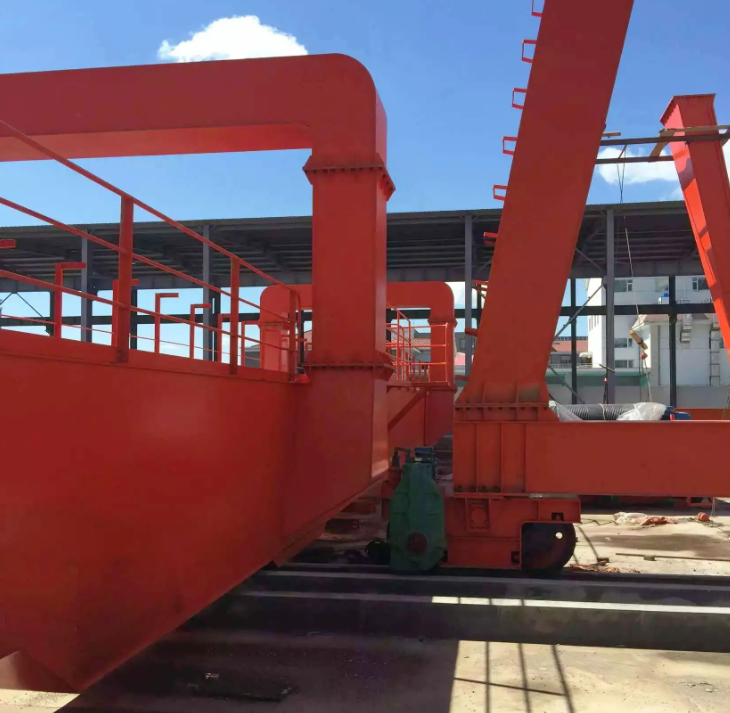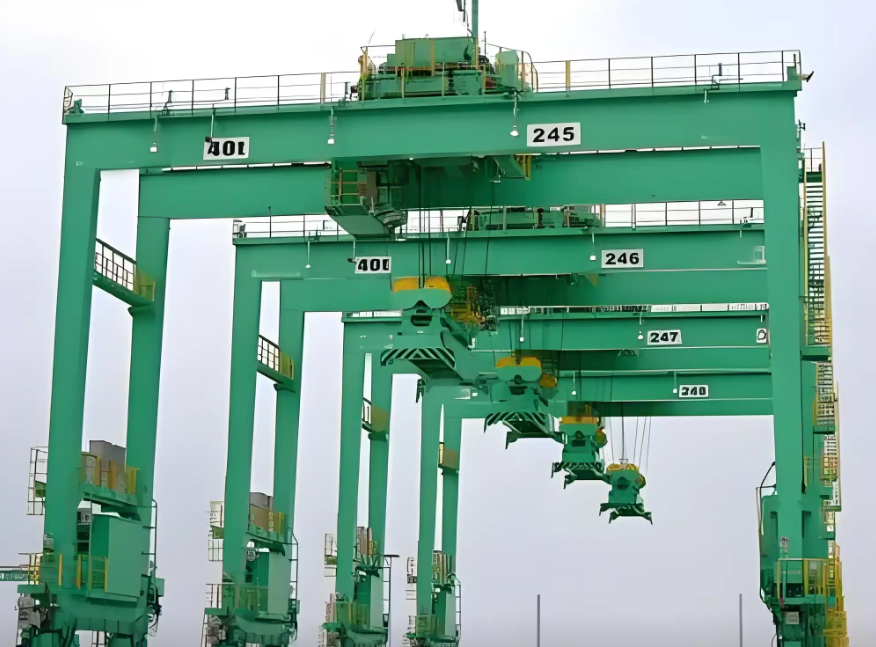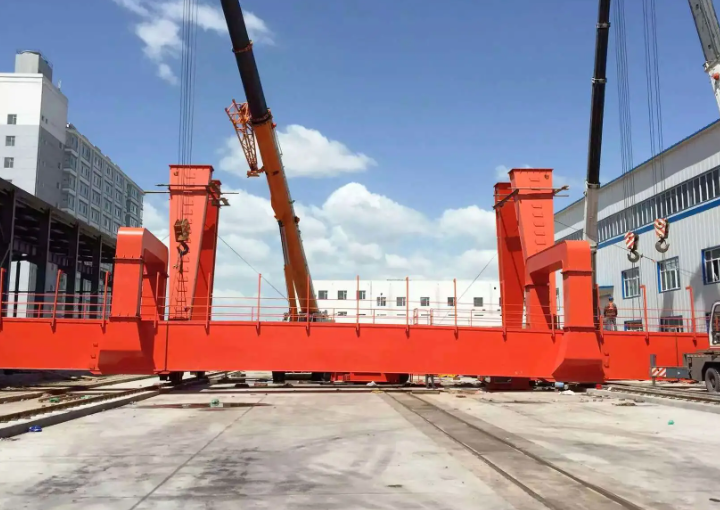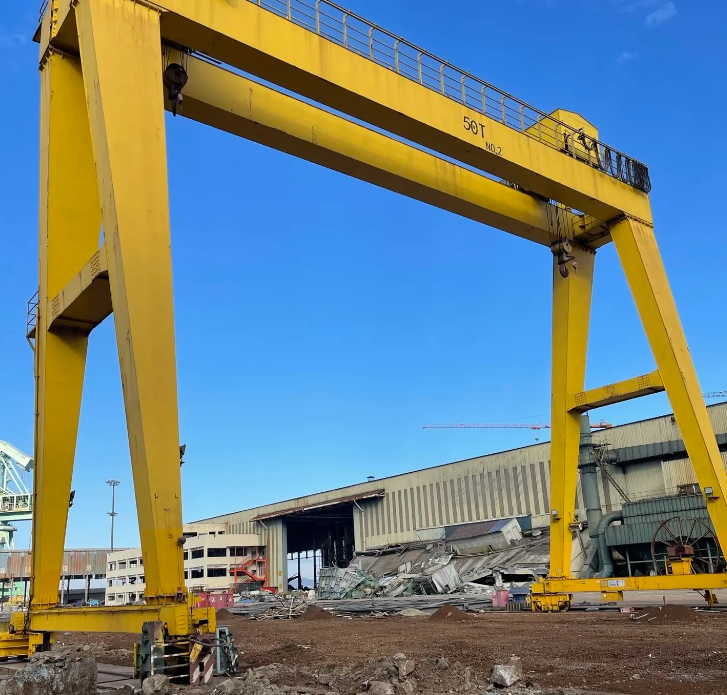The Great Efficiency Debate: MG Portal Crane vs. RTG Rubber-Tired Gantry Crane
Within the intricate ecosystem of modern intermodal terminals, ports, and logistics hubs, the seamless movement of heavy loads is paramount. Central to this operation are various types of portal cranes, which serve as the backbone of material handling infrastructure. Among these, two distinct giants often stand side-by-side yet operate on fundamentally different principles: the rail-mounted MG Portal gantry Crane and the highly mobile RTG Rubber-Tired Gantry Crane. The ongoing debate regarding their comparative efficiency is not merely academic; it directly influences procurement decisions, operational planning, and ultimately, the profitability of logistics operations. This analysis delves beyond surface-level comparisons to explore the nuanced efficiency landscapes of both the MG portal gantry crane and the RTG rubber-tired gantry crane, examining how their design philosophies dictate their optimal applications.


MG Portal gantry Crane: The Paragon of Predictable, High-Throughput Efficiency
The MG portal gantry crane, also known as a rail-mounted gantry crane (RMG), is engineered for unwavering performance within a defined operational corridor. Its defining characteristic is its movement along fixed, embedded steel rails. This foundational design choice confers several critical advantages that translate into superior efficiency in specific contexts.
The primary strength of the MG portal crane lies in its stability and precision. The rigid rail guidance system eliminates any lateral drift or steering inaccuracies, allowing for exceptionally smooth and precise positioning of loads. This is invaluable in applications requiring pinpoint accuracy, such as stacking narrow-gauge railway wagons or handling sensitive project cargo. The fixed path of the MG portal gantry crane also enables seamless integration with automated stacking systems. Pre-programmed movement patterns allow these cranes to operate with minimal human intervention, achieving exceptionally high, consistent work cycle times. In a fully automated yard utilizing multiple MG portal gantry cranes, the synergy between machines can create a continuous, high-velocity flow of containers or materials, maximizing the throughput per square meter of the yard.
From an energy consumption standpoint, the MG portal gantry crane often holds a distinct advantage. Most models are powered by a conductor bar system that draws electricity directly from the yard's grid. This not only results in lower energy costs compared to diesel but also ensures zero local emissions, contributing to a greener terminal operation and aligning with increasingly stringent environmental regulations. The consistent power supply also allows for powerful and consistent hoisting and travel speeds, further enhancing its productivity in continuous, high-volume scenarios. Therefore, for operations with a linear, predictable workflow—such as dedicated import/export stacks, transshipment hubs, or serving a fixed production line—the MG portal gantry crane stands as an unrivalled efficiency workhorse.


RTG Rubber-Tired Gantry Crane: The Embodiment of Flexibility and Adaptive Efficiency
In contrast, the RTG rubber-tired gantry crane is defined by its mobility. Mounted on rubber tires, it can move freely throughout the yard, change lanes, and access different container blocks without being constrained by tracks. This mobility makes the RTG rubber-tired gantry crane exceptionally efficient in dynamic settings like container terminals, where stacking plans frequently change and on-demand container retrieval is common.
The efficiency of the RTG rubber-tired gantry crane is largely based on its ability to improve overall yard utilization and operational responsiveness. It can quickly adapt to shifting priorities, reduce waiting times for trucks, and perform complex restacking operations with minimal disruption. While traditionally powered by diesel, modern RTGs increasingly use hybrid or electric systems, improving their environmental profile. The RTG rubber-tired gantry crane thus boosts efficiency at the system level by offering unparalleled flexibility.


Conclusion
The efficiency comparison between the MG portal gantry crane and the RTG rubber-tired gantry crane does not yield a single winner. Instead, the optimal choice depends entirely on the operational requirements. The MG portal gantry crane delivers maximum efficiency in fixed, high-throughput scenarios where low operating cost and automation integration are priorities. The RTG rubber-tired gantry crane proves more efficient in fluid environments where flexibility, high space utilization, and the ability to handle unpredictable workflows are critical. Many modern terminals successfully deploy both types of portal cranes, leveraging their respective strengths to create a comprehensively efficient handling system.

